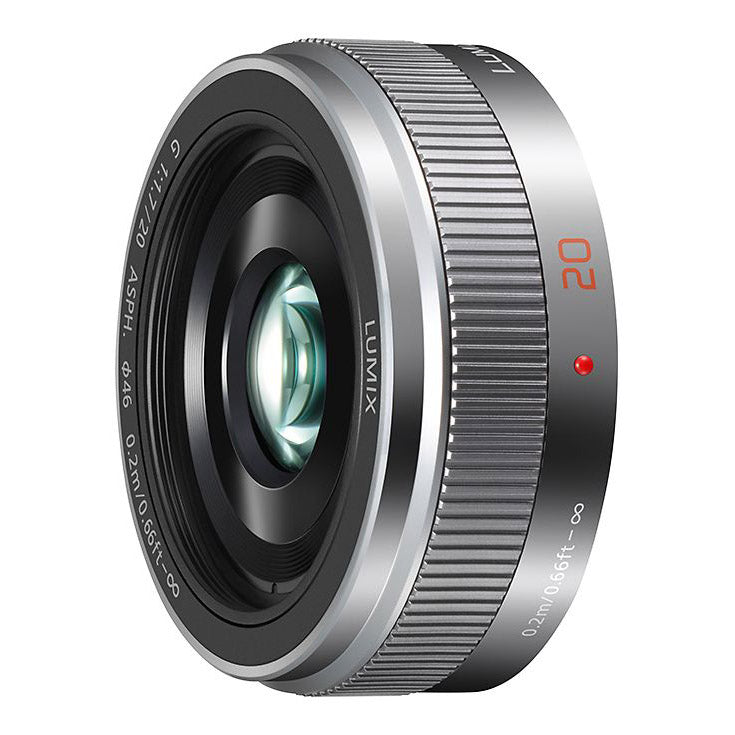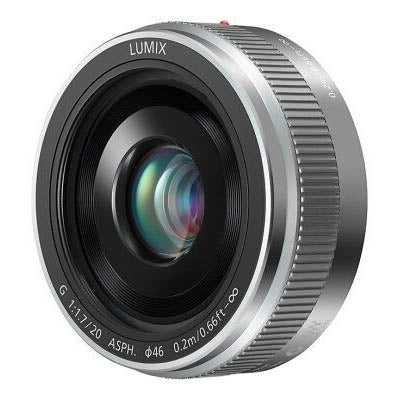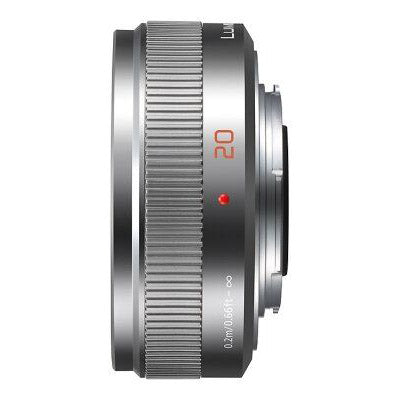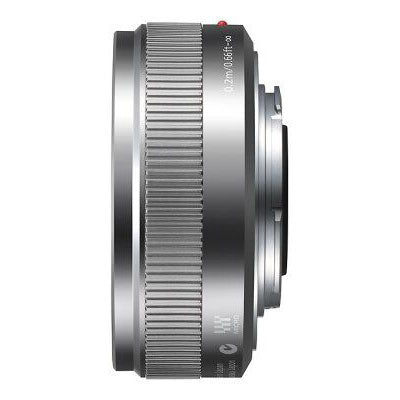Product Description
Unleash Your Creativity with the Panasonic LUMIX G 20mm Silver F1.7 II ASPH Lens
Unlock new possibilities in photography with the Panasonic LUMIX G 20mm Silver F1.7 II ASPH Lens. Designed for Micro Four Thirds cameras, this lens combines outstanding brightness with compactness and versatility, allowing you to capture stunning images in any situation.
Key Features:
-
Micro Four Thirds Lens System: Designed specifically for Micro Four Thirds cameras, this lens delivers exceptional performance and compatibility.
-
Fast f/1.7 Maximum Aperture: With a fast maximum aperture of f/1.7, this lens excels in low-light conditions, allowing you to capture sharp, detailed images with beautiful background blur.
-
Aperture Range f/1.7-16: Enjoy creative control over depth of field with an aperture range from f/1.7 to f/16, giving you the flexibility to achieve the desired effect in your photos.
-
20mm Focal Length (35mm Equivalent 40mm): The versatile 20mm focal length (equivalent to 40mm on a 35mm film camera) is perfect for a wide range of photography styles, from everyday snapshots to artistic compositions.

Compact and Lightweight Design:
Experience the ultimate convenience of a compact and lightweight lens that's easy to carry wherever you go. Despite its impressive F1.7 brightness, the Panasonic LUMIX G 20mm Silver F1.7 II ASPH Lens remains remarkably slim and lightweight, making it the perfect companion for everyday photography.

Exceptional Optical Performance:
Featuring a sophisticated metallic-finished design, this lens not only looks stylish but also delivers outstanding optical performance. Comprising seven lenses in five groups, including two aspherical lenses, it minimizes distortion and chromatic aberrations while achieving super high-resolution corner-to-corner.

Smooth and Beautiful Bokeh:
With seven rounded aperture blades, this lens produces a smooth and attractive bokeh effect in out-of-focus areas, adding depth and dimension to your photos.
Advanced Contrast AF System:
When paired with LUMIX G cameras, the Panasonic LUMIX G 20mm Silver F1.7 II ASPH Lens allows you to take full advantage of the advanced contrast AF system, including Face Recognition, for quick and accurate autofocus performance.

Capture Every Moment with Confidence:
Whether you're capturing everyday scenes, landscapes, or portraits, the Panasonic LUMIX G 20mm Silver F1.7 II ASPH Lens empowers you to unleash your creativity and capture stunning images with ease.
Experience the joy of photography with the Panasonic LUMIX G 20mm Silver F1.7 II ASPH Lens and elevate your photography to new heights.
For full specifications click Here
Payment & Security
Your payment information is processed securely. We do not store credit card details nor have access to your credit card information.



















